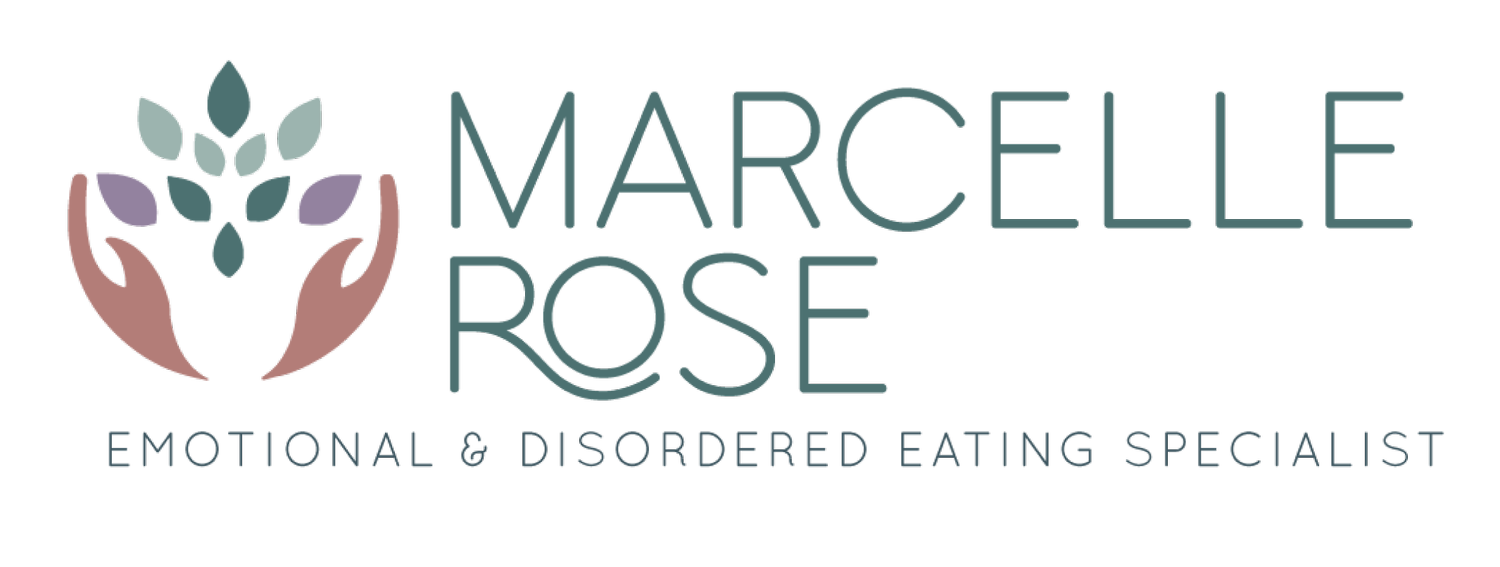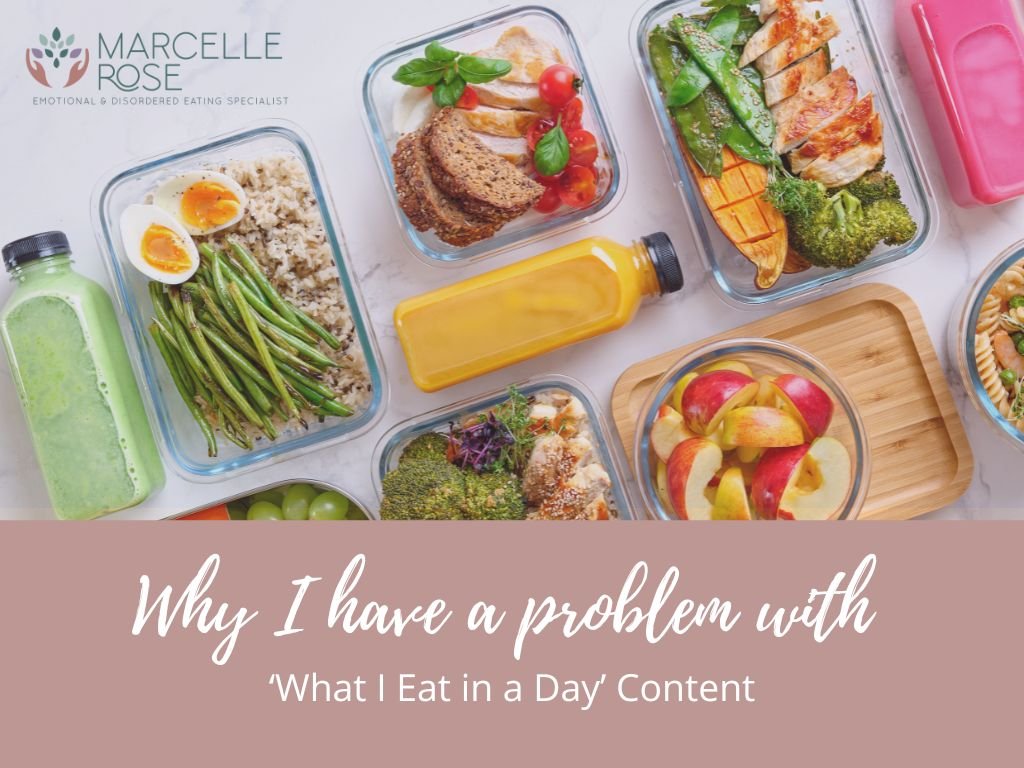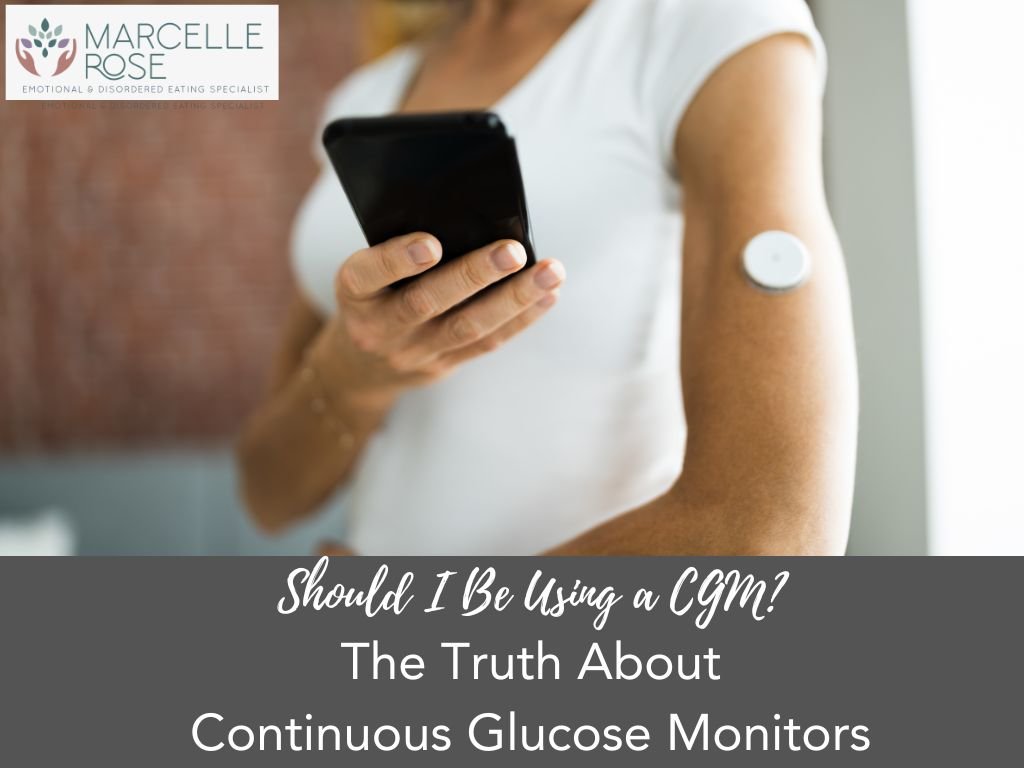Have you ever thought about the emotions, experiences, and life situations that trigger your emotional eating? From boredom to stress, sadness to loneliness, or the ever-lingering anxiety, these triggers can lead us to seek comfort from food. A gruelling day at work often leaves us craving a reward for making it through, and that's where emotional eating can come in.
For many, food has become a coping mechanism, a temporary relief from life's challenges. However, it's a fleeting escape that rarely brings lasting comfort. More often than not, the aftermath leads to shame, guilt, and self-loathing - far from the reward you were seeking.
Think about it – when faced with a hard day, a packet of biscuits becomes the automatic response. But what if, beneath the surface, what you truly need is a way to de-stress, find stimulation, or simply get some rest?
This survival mechanism often turns into an ingrained habit, one that's developed from early childhood – were you ever given a treat to sooth you as a child? With the prevalence of dieting behaviours you are likely to have become disconnected from your body, making it all the more harder to know if you are eating for hunger or something quite different.
When working with clients, one of my goals is to guide them towards more helpful ways of feeling better by focusing on self-care and non-food-related rewards. Often, they do not feel worthy of doing positive things for themselves – is this the same for you?
It can be an empowering exercise to reassess your behaviours in a non-judgemental way and ask yourself – is this truly serving me? Is it time to explore what does? Take a moment to identify activities that can become a part of your daily life. What brings you joy? What makes you feel good? How can you relax and de-stress?
This needs to be individual to you, but here are some examples to consider:
🎵 Immerse yourself in calming music
🧘♂️Dedicate a few minutes to yoga or Pilates
🚶♀️ Take a gentle walk in peaceful surroundings
📰 Enjoy some quality time with a favourite magazine
🌿 Find tranquillity by sitting quietly in the garden
🛁 Indulge in a soothing bath
📞 Connect with a good friend over the phone
🧘♀️ Take 10 minutes for peaceful relaxation
Use this as an opportunity to improve the quality of your life and build in new ways of feeling joy and enriching your experience of life.
THE SIMPLE STEPS TO TAKE:
1️⃣ Recognise when you are turning to food as an emotional crutch.
2️⃣ Seek out alternative ways to make yourself feel good. (That do not involve food)
3️⃣ Try out the new choices - see what resonates with you.
4️⃣ Adjust and adapt until you find a helpful solution.
5️⃣ Keep practicing until it becomes second nature. You might find you don’t always manage - this isn’t about berating yourself. Instead observe without judgment what might have happened and try again next time.










